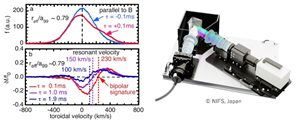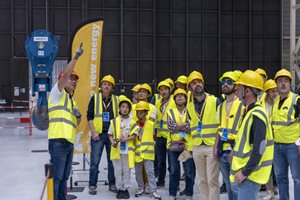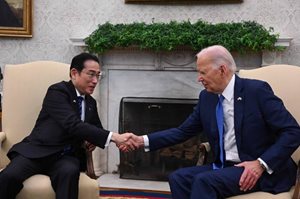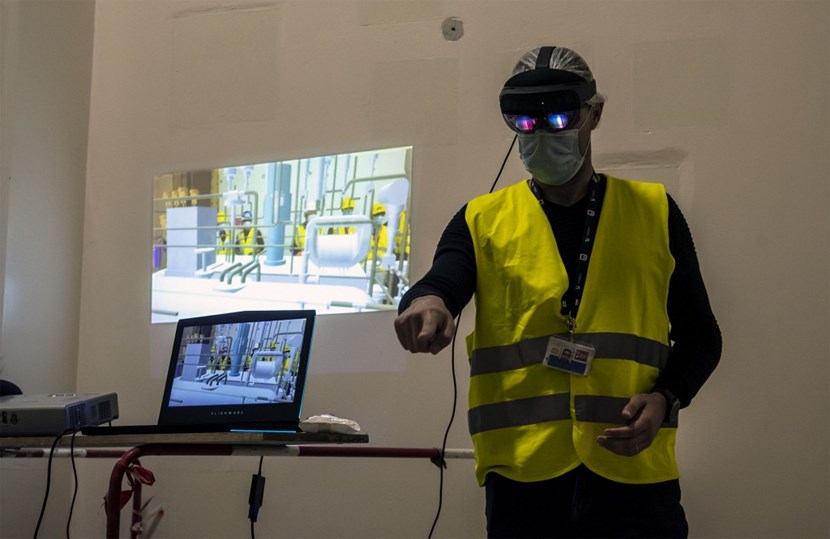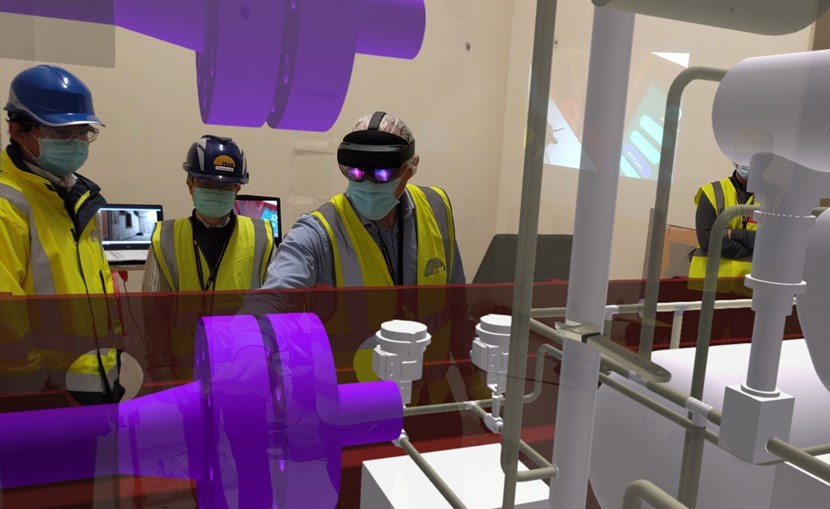
In the augmented reality experience, the projected position of a set of equipment is superimposed on an area in construction. These past few weeks, ITER Director-General Bernard Bigot (right), Head of the Construction Domain Keun-Kyeong Kim (centre), and Senior Strategist Takayoshi Omae (left) took the full measure of this new tool and its potential in planning for the future.
Test blanket modules are essential to the future of fusion energy, which rests on the capacity of future industrial reactors to breed tritium—one of the two hydrogen isotopes (with deuterium) involved in the fusion reaction. While tritium occurs naturally only in trace amounts, a certain type of fission reactor (CANDU) generates minute quantities of tritium that accumulate into a global inventory that hovers around a few dozen kilograms. Over its years of full-power operation, ITER will consume the totality of the tritium available worldwide, but will also prepare for the future by implementing experimental "tritium-breeding modules."
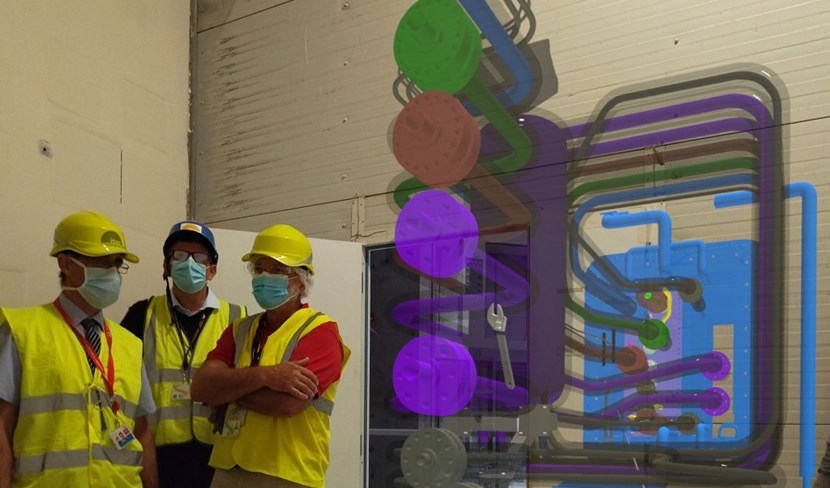
Virtual pipes pop up from the port cell wall as the Director of Agence Iter France Éric Kraus, ITER Head of Engineering Alain Bécoulet, and Deputy-Director of the CEA-ITER Coordination Unit Pascal Bayetti (left to right) look on.
At Level 1 of the Tokamak Building, which corresponds to the equatorial region of the machine, two "ports" are dedicated to the handling of test blanket systems and will be used as entry and exit passages for the 45-tonne components. Today they are empty, but when the machine is operational they will be crowded with a forest of pipes, ducts, rails and systems of all kinds.



